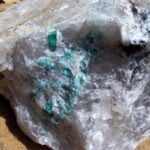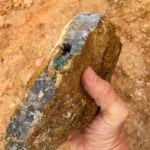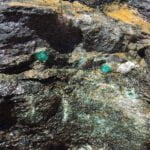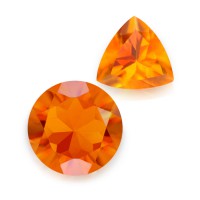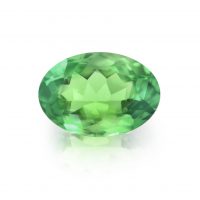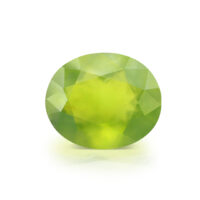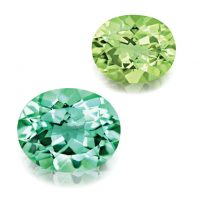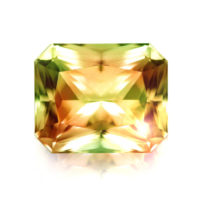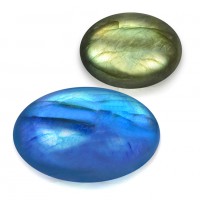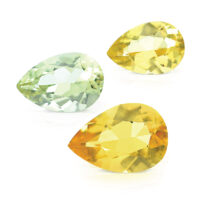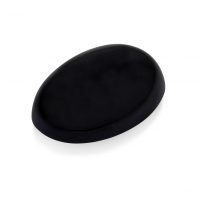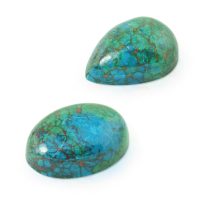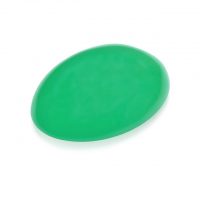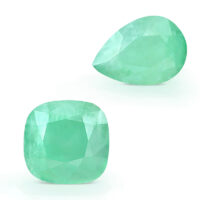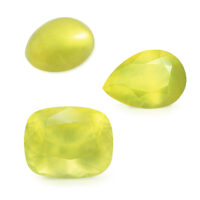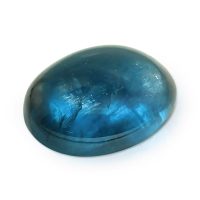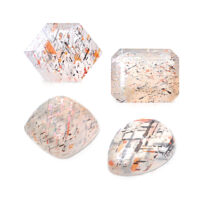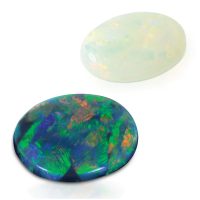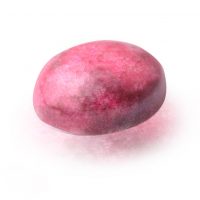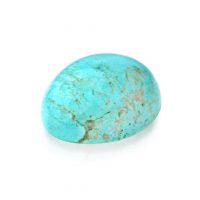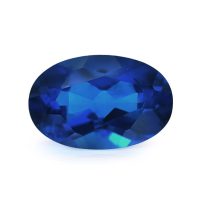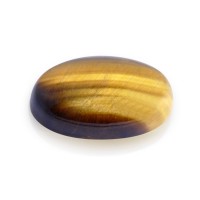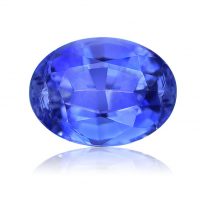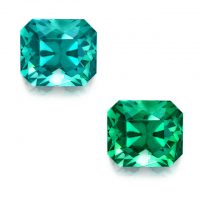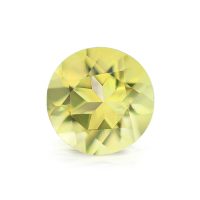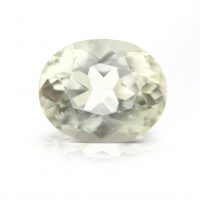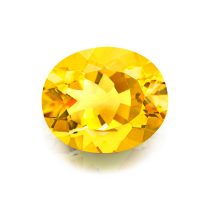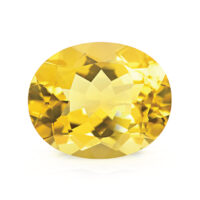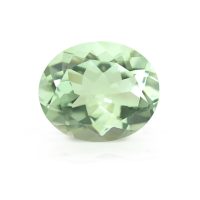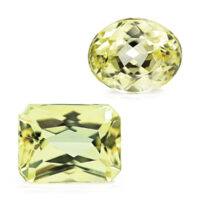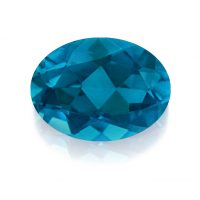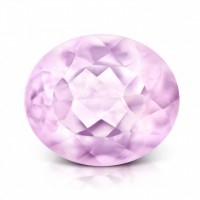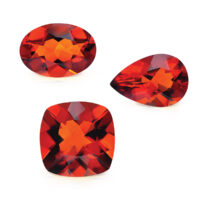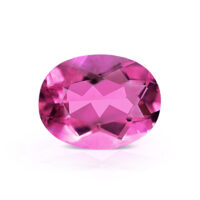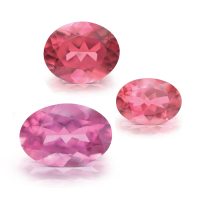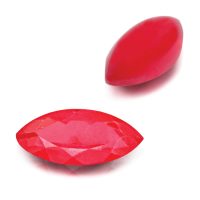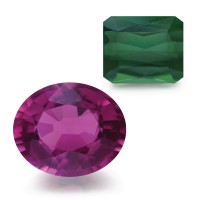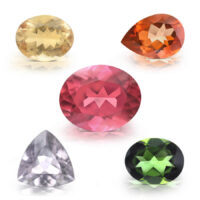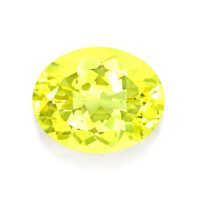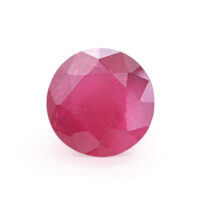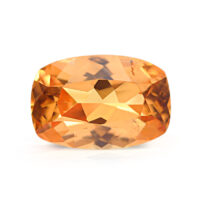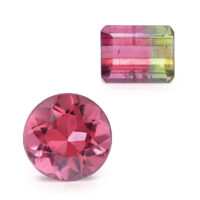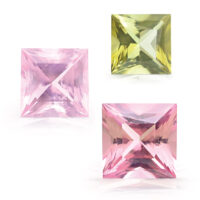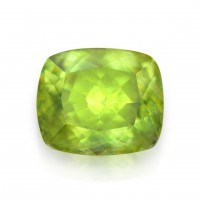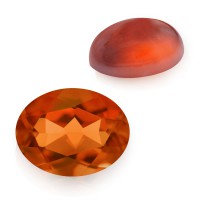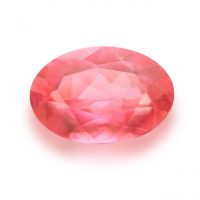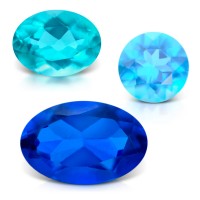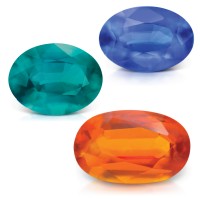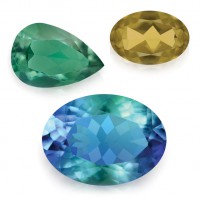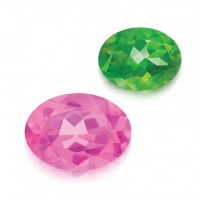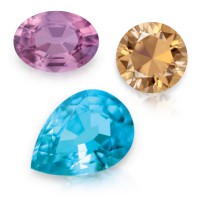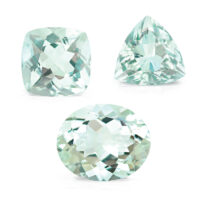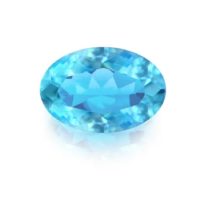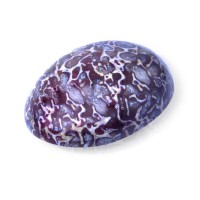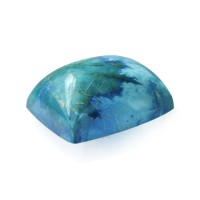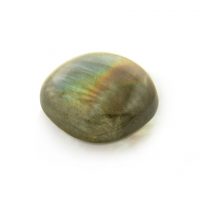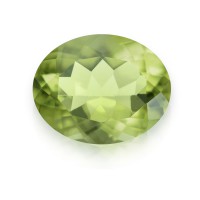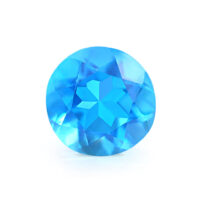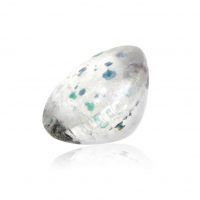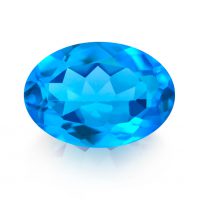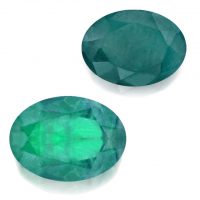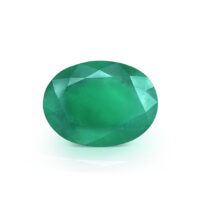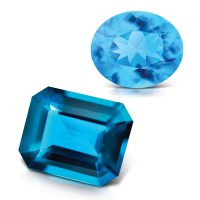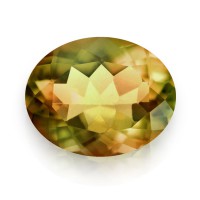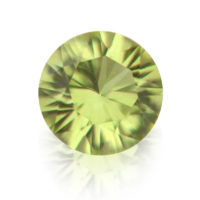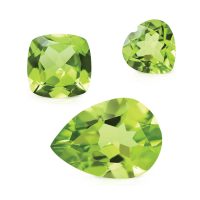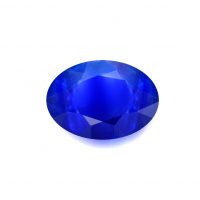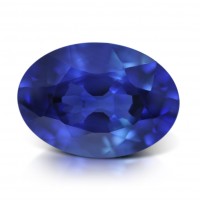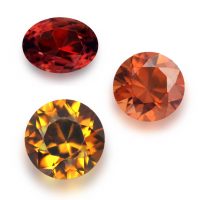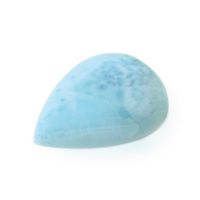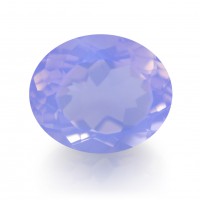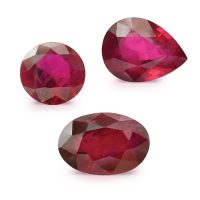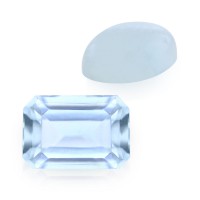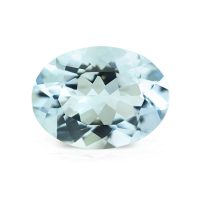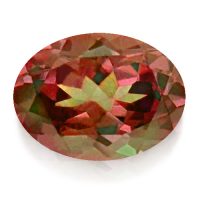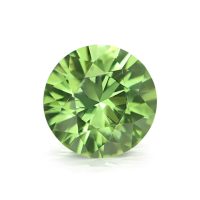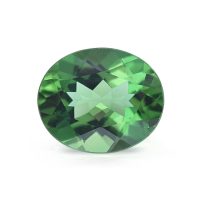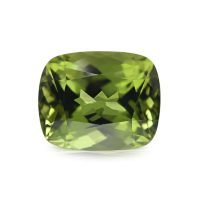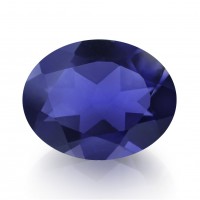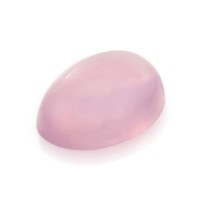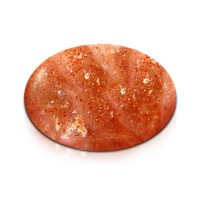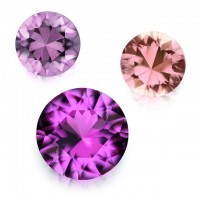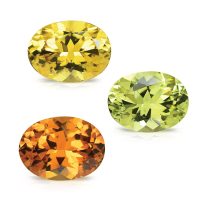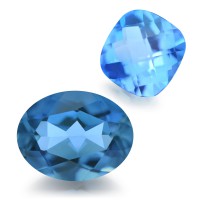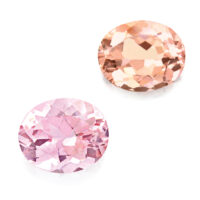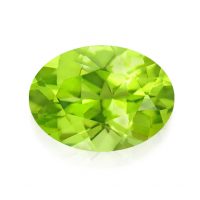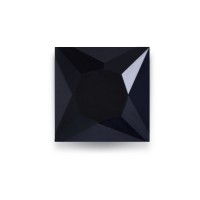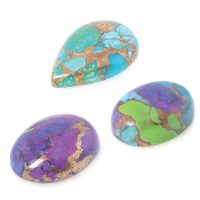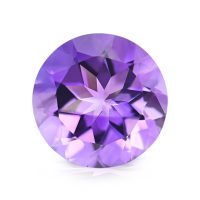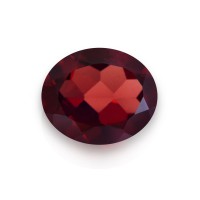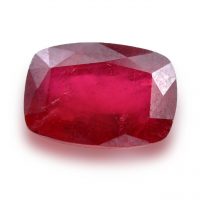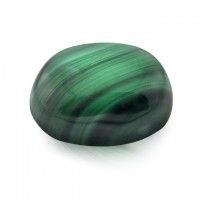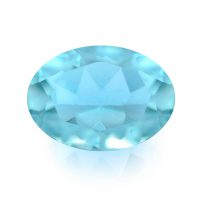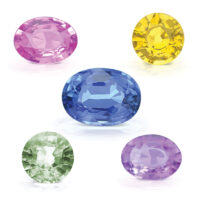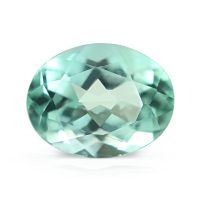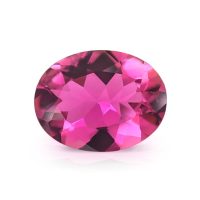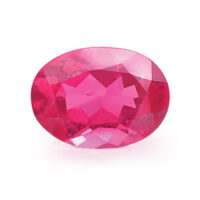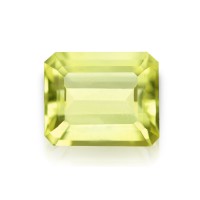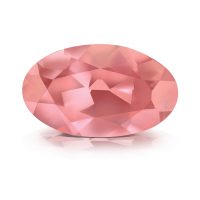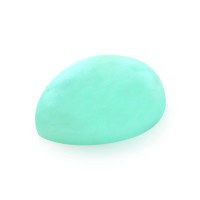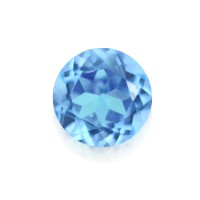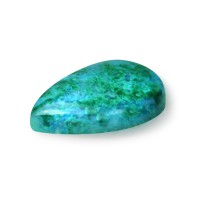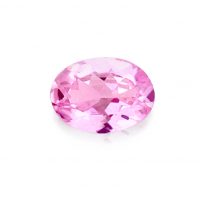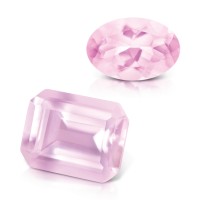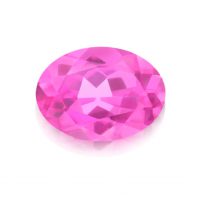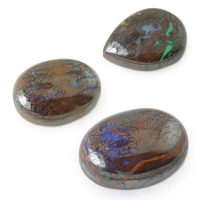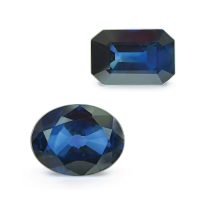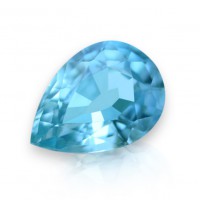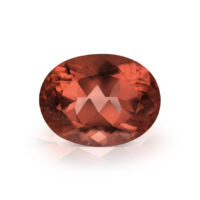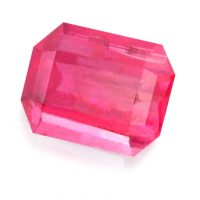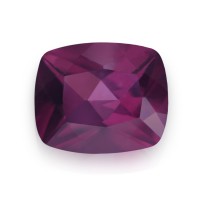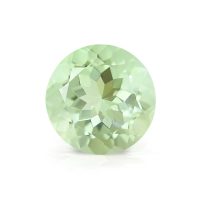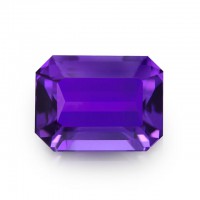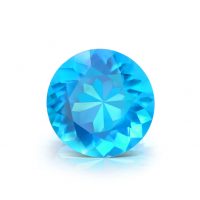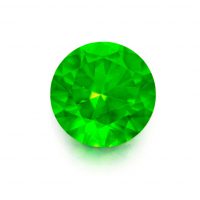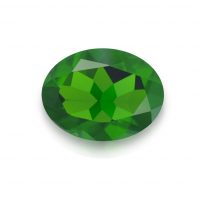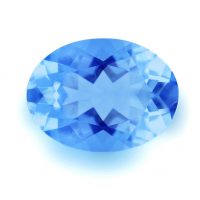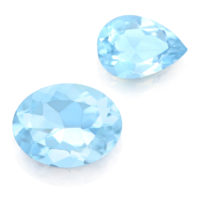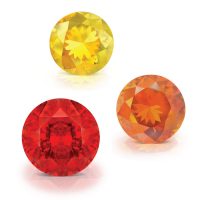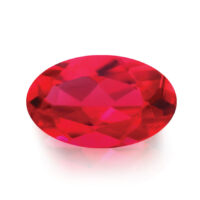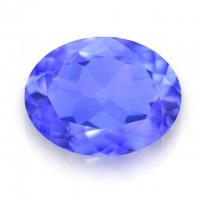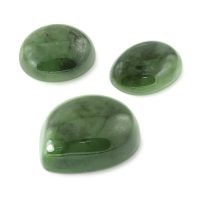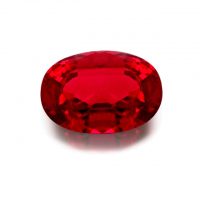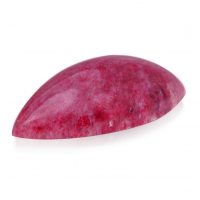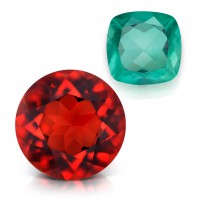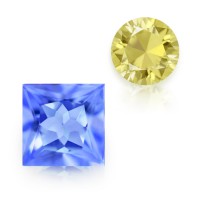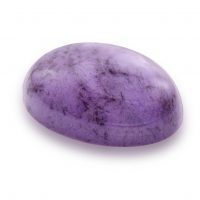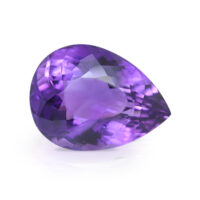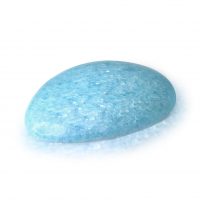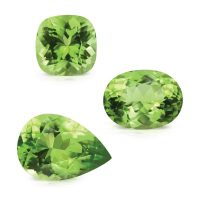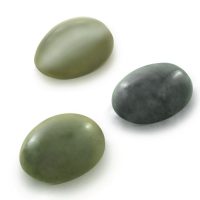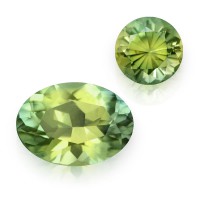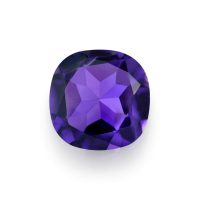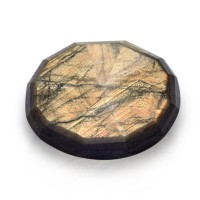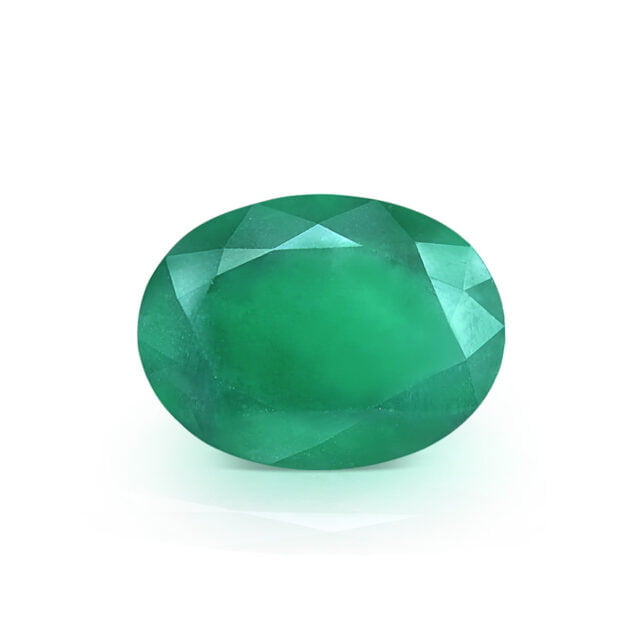

From Cleopatra to conquistadors, the lust for its rare, beautiful greens has made Emeralds one of the world’s most valuable gemstones. An acclaimed Beryl variety from the esteemed Mananjary Emerald District, Irondro Emerald are beautiful deep forest green gemstones mined just outside the market village of Irondro on Madagascar’s eastern coast. An island blessed with a diverse abundance of gemstones and minerals, Madagascar might be historically known as the ‘Beryl Island’, but as this coveted ‘greenest of green’ gems is only sporadically found here in miniscule quantities, most jewelry connoisseurs are totally unaware that excellent Emeralds are even found in Madagascar! Prized for its superior quality, Irondro Emerald’s availability is now firmly historic and extremely limited, making it both highly collectable and exclusive.
Hardness 7.5 – 8
Refractive Index 1.565 – 1.602
Relative Density 2.67 – 2.78
Enhancement Filled (Minor Clarity Enhancement With Natural Colorless Cedarwood Oil)
Beauty
“Indeed, there is no stone, the color of which is more delightful to the eye… there being no green in existence of a more intense color than this.”
Pliny the Elder (23-79 AD), Historia Naturalis
Four criteria determine value in Emerald: purity of color, transparency, clarity, and brilliance (brightness). Definitively fine quality, Irondro Emerald displays ‘classic’ forest greens (pure green with hint of blue bringing depth, richness and warmth) with a deep saturation and tone; signature ‘green fire’ brilliance (a ‘brightness’ often described as satiny, silky, warm, soft or glowing); excellent clarity (see below); good transparency; and optimal lapidary (good shape, finish, outline, profile, and proportions) that affords maximum brilliance and beauty. Ethically adding value domestically, Irondro Emerald is expertly faceted by experienced Malagasy lapidaries to leading international standards.
While color is king for Emerald, visible inclusions, termed ‘jardin’ (French for ‘garden’), are also a characteristic trait and totally acceptable for this variety. Emeralds grow slowly within metamorphic rocks (rocks that have undergone a physical change due to extreme heat or pressure), which limits their size. This violent environment, combined with chromium and vanadium trace elements, encourages the formations of inclusions. All things being equal, cleaner large Emeralds are worth more simply because of geological scarcity.
Quality of cut is very important for Emeralds as a skilled lapidary can locate its inherent eye-visible inclusions in a way that minimizes their impact on beauty. In terms of cut and shape, the famous equidistant steps of the ‘emerald cut’ are designed to reduce cutting pressure, accentuate Emerald’s satiny brilliance and, in the case of Colombian Emerald, maximize rough yield.
Reportedly first traded by Mesopotamians (modern-day Iraq) 4,000 years ago, Emerald was the mean green beauty machine of the ancient world; Mesopotamians, Egyptians, Greeks and Romans were all enamored by the ‘greenest of green’ gems. For those looking for Emeralds in early civilizations surrounding the Mediterranean, they’d have been best off seeing the Egyptians, because this was the place where Emerald’s story begins. Perhaps mined as early as 3500 BC, Egypt’s Emerald mines were located in Egypt’s eastern desert region and were rediscovered in 1816 by Frédéric Cailliaud, a French mineralogist and explorer. Even Greek miners braved heat, scorpions and snakes to unearth Emeralds there for Alexander the Great. This isn’t to say there weren’t other Emerald sources; the Habachtal region in the Austrian state of Salzburg might have yielded a few Emeralds, and Roman earrings featuring Emeralds from the Mingora mine in Pakistan’s Swat Valley have been discovered. There is also a legend that the Scythian Emeralds mentioned by Pliny in his Historia Naturalis were actually from Russia’s Urals, but as far as supply is concerned, Egypt had a near monopoly.
Cleopatra, last Pharaoh of Egypt, was big on Emeralds; she wore sumptuous Emerald jewelry, decorated ornamental objects with them, and presented dignitaries with Emeralds carved with her likeness. While it’s tempting to think they were her favorite simply because of their beauty, Cleopatra was shrewd, intelligent and politically savvy. She understood the importance of symbolism, glamor and prestige in power and politics. Emeralds were more than just pretty gems to the Egyptians; they were potent patriotic symbols of national pride. When Cleopatra finally consolidated her power base in 47 BC, she was quick to claim the country’s mineralogical riches as her own. Despite being discovered some 2,000 years before her birth, the Egyptian deposits will be forever known as ‘Cleopatra’s Emerald Mines’.
Since Egyptian times, Emeralds have been linked to fertility, immortality, rejuvenation, and eternal spring, so it’s no surprise they are the birthstone for May. Pliny bestowed the benefits of Emeralds to refresh and sooth strained eyes and even today, we have ‘green rooms’ to relax presenters in TV studios and ‘hospital green’ to calm patients.
Emerald’s name is derived from the Greek ‘smaragdos’, which means ‘green gem’, but as with Ruby and Sapphire for reds and blues, prior to scientific advances in the 18th century, the name was used for any green gemstone. For example, because Green Sapphire was sourced from the Far East it was once known as ‘Oriental Emerald’. The birthstone for May, Emerald is a member of the Beryl mineral family (from the ancient Greek ‘beryllos’, meaning blue-green stone), commonly known as the ‘mother of gemstones’ because of its highly regarded gem varieties. Pure Beryl is colorless and trace amounts of elements are responsible for producing Beryl’s wonderful colors. Apart from Emerald’s greens, other Beryl gemstones include Aquamarine blues, Golden Beryl yellows, Goshenite whites (colorless), Heliodor greenish-yellows, Morganite pinks, and Red Beryl reds. Beryl’s most prized variety, Emerald is colored by trace amounts of chromium, vanadium and iron, with their relative concentrations causing an extraordinarily beautiful range of pastel to intense deep greens with varying degrees of bluish, brownish, greyish, and yellowish tints. In contrast to Colombian and Ethiopian Emeralds, Irondro Emeralds are primarily colored by vanadium instead of chromium.
Rarity
While Egypt’s Emeralds are long gone, since the 16th century and the exploits of the infamous conquistadors Hernando Cortés (who campaigned against the Aztecs from 1519) and Francisco Pizarro (who campaigned against the Incas from 1526), a Colombian pedigree has become synonymous with Emeralds of exceptional quality. By reputation and experience, Colombian Emerald is the ‘in demand’ marketplace heavy weight of Emeralds, supplying around 60 percent of the world’s output and 80 percent of the highest quality Emeralds available on the market today.
Rumors and discoveries of ‘Emerald’ encouraged colonial expeditions to the interior of Brazil and while the royal house of Portugal received many examples from the 16th century onwards, most of this ‘Brazilian Emerald’ was later correctly identified as Green Tourmaline. The modem discovery of Brazilian Emerald is attributed to Bahia in 1963 and Nova Era in 1978. Today, Brazil is the world’s biggest producer of Emeralds by weight and third in terms of value. Nova Era in the state of Minas Gerais (General Mines in Portuguese) is Brazil’s main Emerald source.
Discovered in 1931, Zambia has the world’s second largest Emerald deposit and is also known for producing fine quality. Other Emerald sources are Afghanistan, Ethiopia, Madagascar, Pakistan, Russia (Ural Mountains), and Zimbabwe. Measured in value, Colombia is the world’s largest Emerald producer, followed by Zambia, Brazil, Pakistan, Afghanistan, and Russia.
While Madagascan Emerald is typically fine quality, it is only sporadically available in small amounts. Most jewelry connoisseurs are totally unaware that excellent Emeralds are even found in Madagascar, keeping this obscure origin wonderfully niche.
Irondro Emerald hails from the South Zone of the Mananjary Emerald District located on the eastern coast of Madagascar’s Vatovavy-Fitovinany Region. The district is located 30 kilometers southwest of the town of Mananjary and is roughly divided into two main areas by the main road (RN25); North Zone (Ambalahosy Nord Commune) and South Zone (Andonabe Commune). The Mananjary District’s Emeralds were formed by metasomatic processes related to the Pan-African tectonometamorphic event, with crystals developing both inside and outside pegmatites (an igneous rock formed by slow crystallization at high temperature and pressure at depth) at the contact point with the basic host rocks. Mining started at Mananjary in the mid-70s, with several open pit mines being worked from 1983 to around 1995. One of the world’s largest Emerald specimens, the ‘Heaven’s Gift Emerald’, weighing 536 kilograms, was mined at Mananjary by the French Société Orgaco in 2007.
The ethical, environmental and socially responsible ‘Irondro Emerald Mine’ was only operational from 2015 – 2018, and is located nine kilometers from the important market village of Irondro. When mining first commenced in the district, Emeralds were sold to gem traders at this easily accessible village, resulting in many Madagascan Emeralds being labelled as coming from ‘Irondro’. Like so many Emerald mines in the district, it was plagued by scant, inconsistent production. Unfortunately, this ultimately resulted in the mine not being commercially viable, and it closed after only three years of operation. Located on heavily eroded farmland that had been mined previously, the site was reclaimed in 2018. Interestingly, the people behind Irondro Emerald would go onto open the very successful mine-to-market, Prosperity Demantoid Mine in northern Madagascar.
Durability & Care
Irondro Emerald (Mohs’ Hardness: 7.5 – 8) is an excellent choice for everyday jewelry. Always store Irondro Emerald carefully to avoid scuffs and scratches. Clean with gentle soap and lukewarm water, scrubbing behind the gem with a very soft toothbrush as necessary. After cleaning, pat dry with a soft towel or chamois cloth.
Map Location
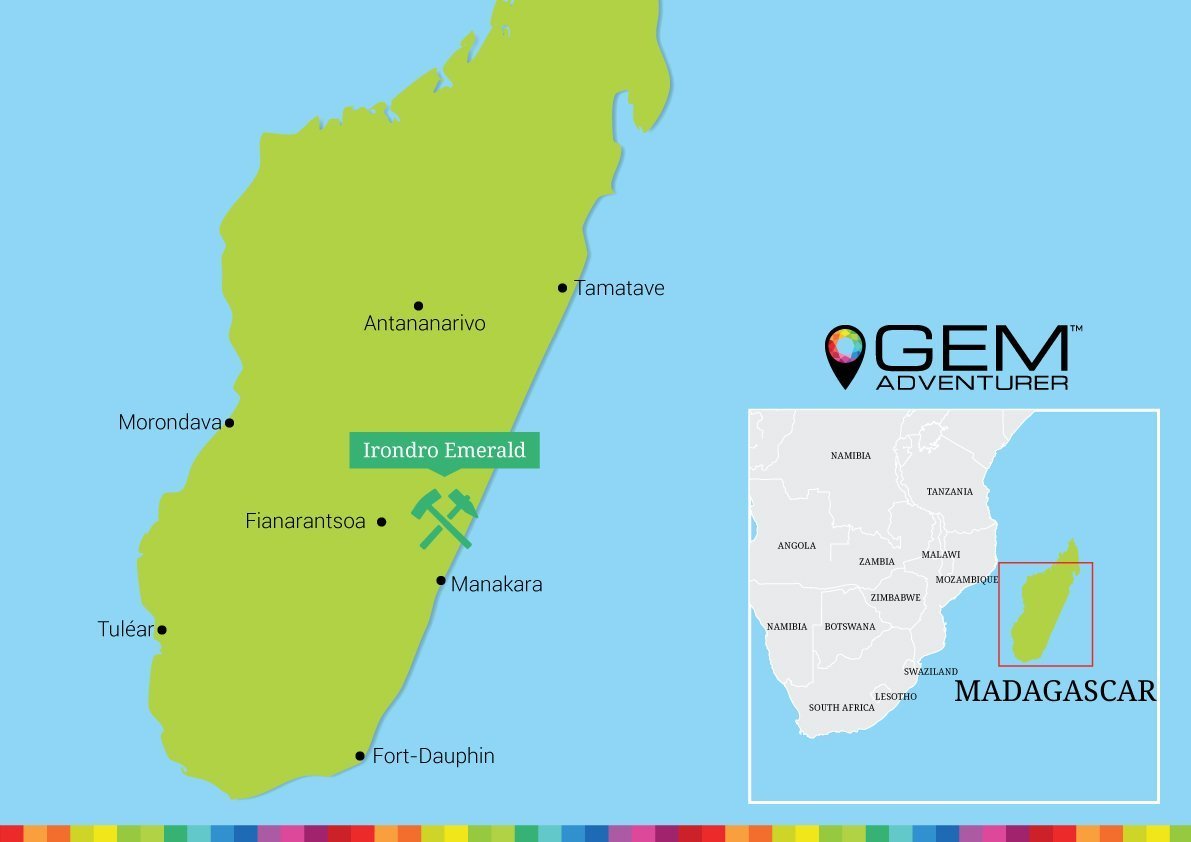
Click map to enlarge



